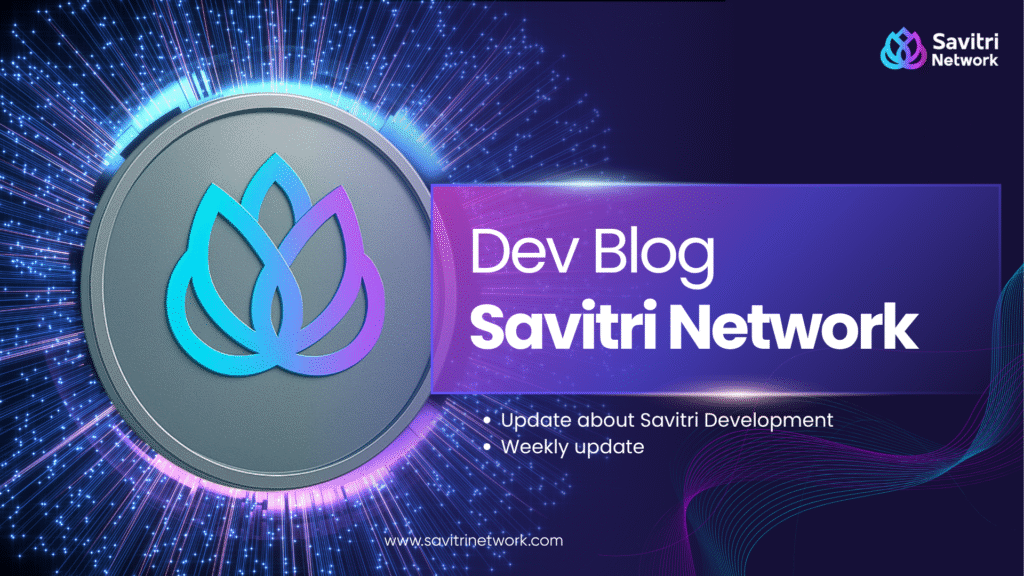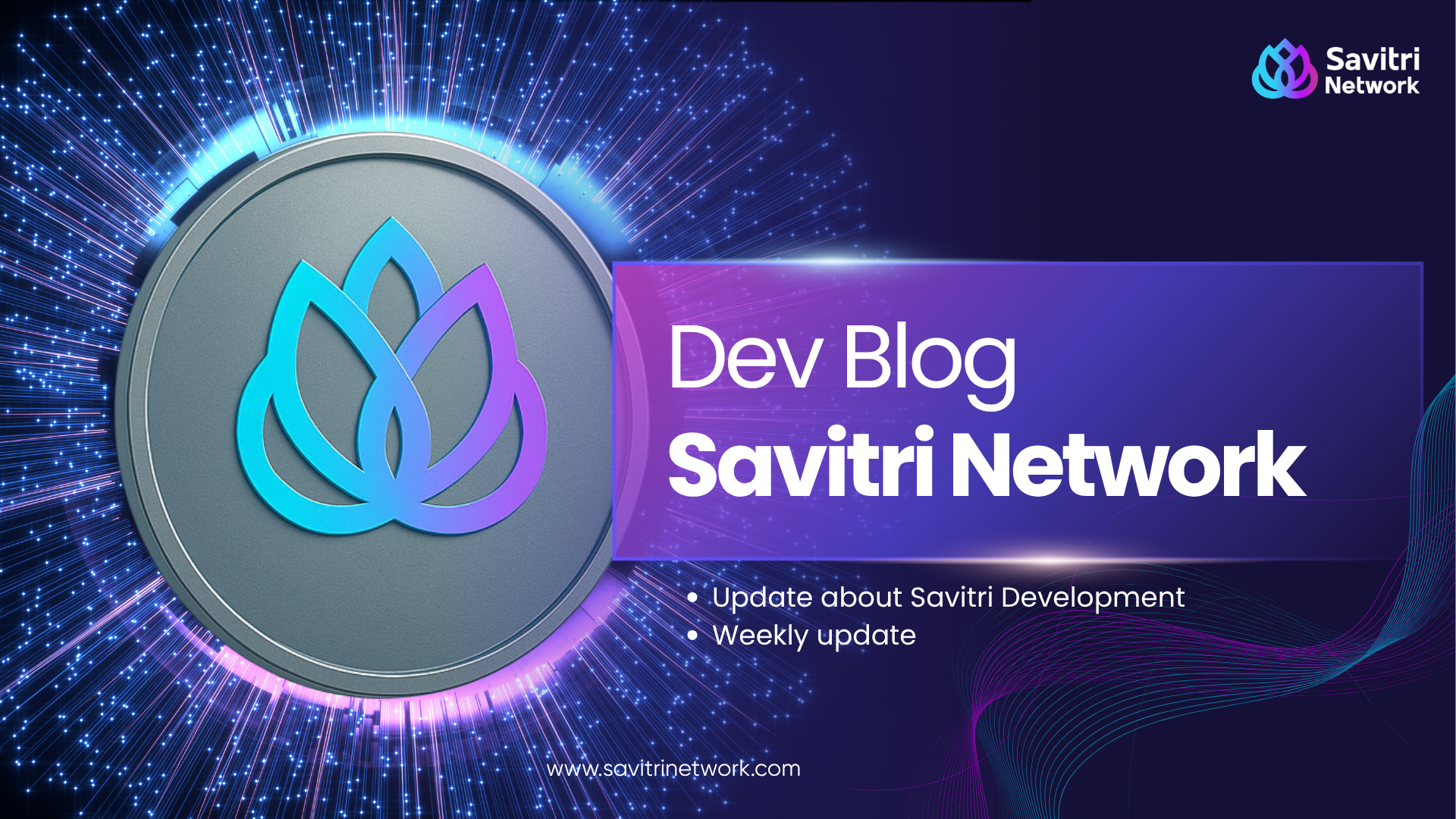
Developer Update #5 —How PoU Shapes Consensus
The Proof of Unity (PoU) engine isn’t just about measuring trust, it’s about using that trust to decide who helps the network move forward.
Over the past two weeks, our engineering team has been running stress tests to observe how PoU behaves when the network faces high load, delayed connections, and inconsistent nodes.
The results? Promising, and deeply encouraging.
From Score to Consensus
In the Savitri Network, every node carries a PoU Score, a living measure of its reliability and contribution.
That score doesn’t sit idle, but it directly affects how consensus forms.
Here’s how it works in practice:
Nodes with stronger PoU scores are more likely to be selected as validators and proposers.
Nodes with low or unstable scores are still included but carry less influence in cluster decisions.
Consensus weight is distributed dynamically, meaning that even smaller nodes can earn trust over time through consistent, honest behavior.
This makes the system adaptive, fair, and nearly self-healing. When some nodes go offline or perform poorly, others with higher trust automatically fill the gap, without any manual intervention.
The Stress Test
To put theory into practice, the team ran a series of network stress simulations:
30,000 simultaneous transactions per second (TPS)
Random node disconnections
Artificial latency up to 350 ms
Occasional false validation events (simulated bad actors)
During the tests, the PoU engine continuously recalculated each node’s score in real-time.
We observed three key results:
1️⃣ Resilience under pressure: The consensus maintained stability even when 20% of nodes went offline. The network reorganized clusters within seconds.
2️⃣ Honest nodes prevailed : Nodes with consistent uptime and validation accuracy retained high PoU scores and were automatically prioritized in block proposals.
3️⃣ Self-correction: Misbehaving nodes quickly lost influence. After a few epochs, the network naturally filtered them out without needing slashing or manual bans.
What This Means
This test confirms what Proof of Unity was designed for: a consensus built on merit, not power.
PoU creates a living trust graph where every participant earns credibility through behavior.
It’s not just decentralization, but it’s accountable decentralization.
For industries where uptime and data accuracy are critical (like IoT, logistics, or AI systems), this is a game changer.
It ensures that even under network chaos, the Savitri blockchain keeps its promises, fast, fair, and verifiable.
What’s Next
In the upcoming development cycle, the team will:
Publish detailed performance reports from the stress test.
With every iteration, the network grows more intelligent and learning which participants truly embody unity.
Because in Savitri, consensus isn’t a contest, but it’s cooperation measured in truth.
Follow the journey: savitrinetwork.com
#Savitri #DevBlog #ProofOfUnity #Blockchain #AI #IoT #Consensus


